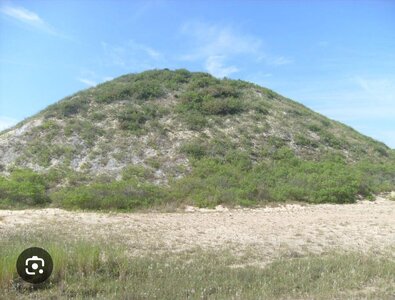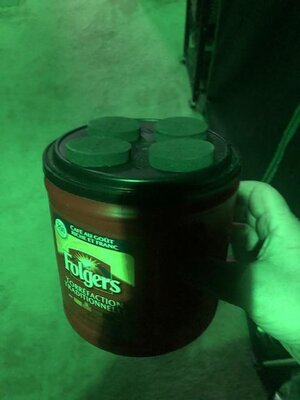spartacusve
Blaze Bandit
- Joined
- Feb 17, 2025
- Messages
- 95
- Reaction score
- 399
I am originally from Brazil and I feel gifted because I have the capacity to have access to the UK market, the knowledge from you and from Brazil. I wanted to share with with you this video of a Brazilian guy cloning and I've found it very curious.
It's interesting how successful this guy is on his crops with barely to no care at all.
It's interesting how successful this guy is on his crops with barely to no care at all.



